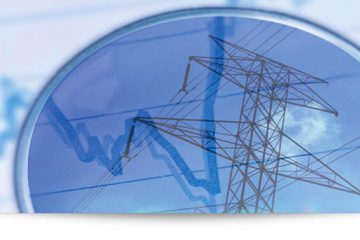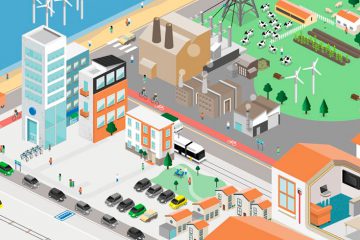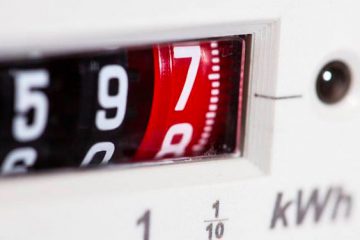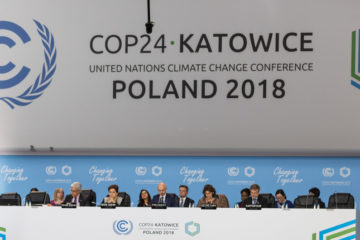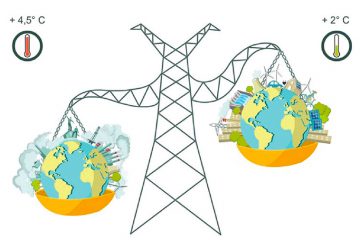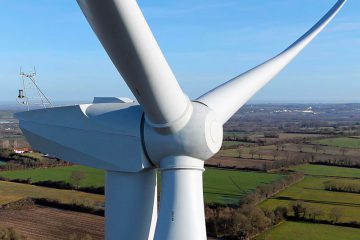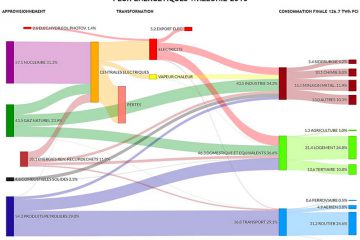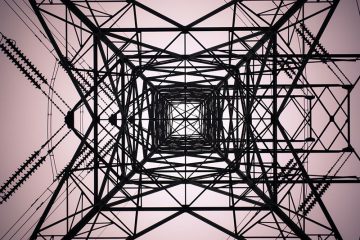Walloon energy balance 2017-2018
Context
An energy balance is an accounting framework that allows an inventory to be made of all energy production, transformation and consumption flows over a geographical area (a country, for example) and a given period of time (a year, for example).
Energy balances are adapted to meet regional greenhouse gas emission reporting requirements. They serve as a basis for compiling greenhouse gas emission inventories and air pollutant inventories.

Source : www.liegeenergie.be
Objectives
Energy balances must meet two main objectives. Firstly, it involves providing the Public Authorities, the Administration and the Minister in charge of Energy with a set of objective data, as complete and precise as possible, that will help them to define, implement and monitor regional energy policy. Secondly, it involves producing useful data to fulfil reporting obligations at Belgian and international (EU) level. For several years now, the European Union has proposed an ever-more extensive set of directives relating to the energy policy of the Member States. These documents, once transposed into Belgian and Walloon law, have repercussions on Walloon energy reporting obligations.
Execution
The preparation of Walloon energy balances is a fairly complex process based on the collection, processing and analysis of a considerable amount of information collected from and/or estimated using several sources. Several methods are therefore used at the same time to produce the balances: surveys, estimates, bibliographical research, models, etc. In addition, the data in the balances must meet very strict quality and consistency criteria (both internal and external). In addition, uncertainties and ways to improve the data at a later stage are analysed on a regular basis.
In the final stage, the Walloon Energy Balance consists of the following sections:
- Section 1: Balance of electricity production, cogeneration and renewable energy
- Section 2: Transport consumption balance
- Section 3: Consumption balance for industry, non-energy and the overall balance
- Section 4: Domestic sector consumption balance and the provisional balance
- Section 5.1: Heating network and municipal balances
- Section 5.2: Statistical data




